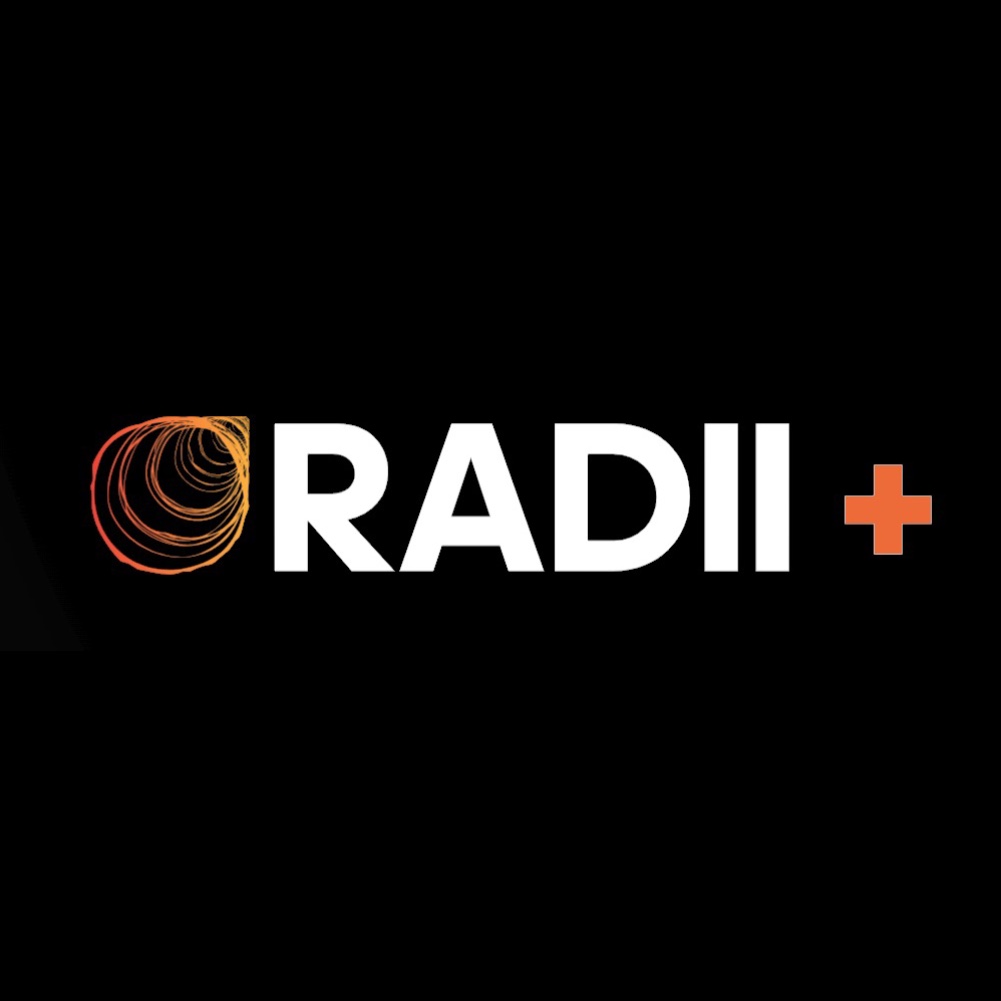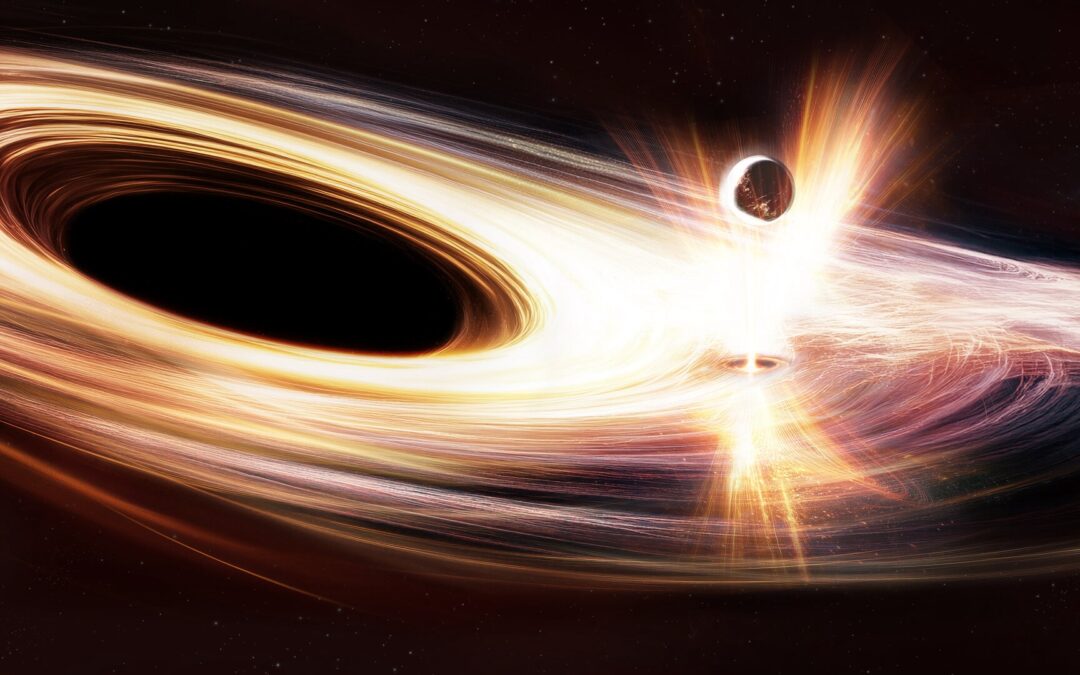While traditional telescopes still struggle to capture the full complexity of supermassive black holes, artificial intelligence is now offering a breakthrough.
A global team of astronomers has trained a powerful neural network on millions of black hole simulations—allowing it to make sense of the blurry, hard-to-read data collected from these cosmic giants.
One of the primary tools used to study black holes is the Event Horizon Telescope (EHT)—a global array of synchronized radio telescopes that act together as one massive observatory. Thanks to the EHT, scientists have produced the first-ever images of black holes, including the famous M87 and Sagittarius A*, the latter located at the center of our galaxy. These aren’t photographs in the traditional sense, but rather reconstructions of radio signals emitted near the black holes.

To generate these images, supercomputers had to sift through enormous amounts of complex data. In the past, a lot of that data was discarded because it was too difficult to interpret. Now, researchers at Wisconsin’s Morgridge Research Institute have used AI to reanalyze that previously overlooked information—boosting the resolution of EHT data and unlocking new insights.
According to a recent press release, the AI model successfully generated a new image of Sagittarius A* with higher clarity, uncovering fresh details about its structure and behavior. One key finding: the black hole may be spinning close to its maximum speed. The data also suggests that the axis of its rotation is pointed toward Earth, and provides new information about the surrounding disks of matter.

Previously, astronomers had estimated Sagittarius A* was rotating at a moderate to fast pace. Determining its true spin rate is crucial, as it helps scientists understand how the black hole emits radiation and whether it remains stable over time.
“This challenges some existing theories, which is exciting,” said Dr. Michael Janssen of Radboud University Nijmegen in the Netherlands, who led the study. “But more importantly, this is just the beginning. Our use of AI and machine learning opens the door for future refinements and deeper simulations.”
In short, artificial intelligence is becoming a vital tool for peering into the most extreme corners of our universe—offering clearer views of cosmic phenomena once considered too distant and chaotic to fully grasp.
Step into the ultimate entertainment experience with Radii+ ! Movies, TV series, exclusive interviews, live events, music, and more—stream anytime, anywhere. Download now on various devices including iPhone, Android, smart TVs, Apple TV, Fire Stick, and more!


